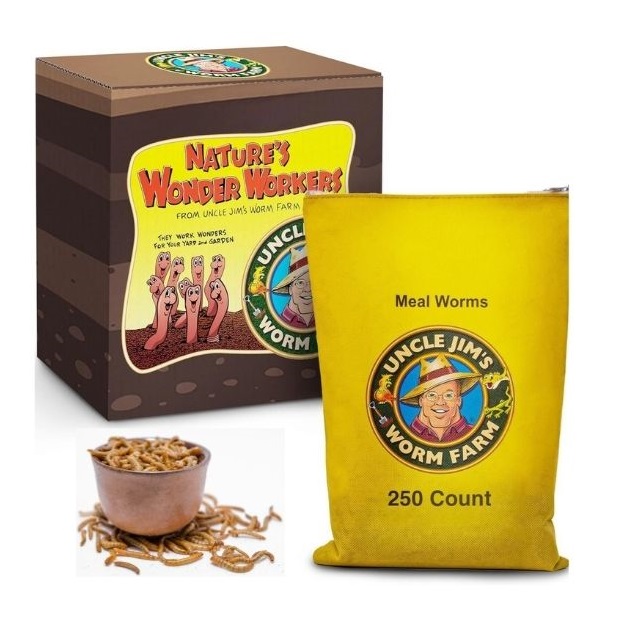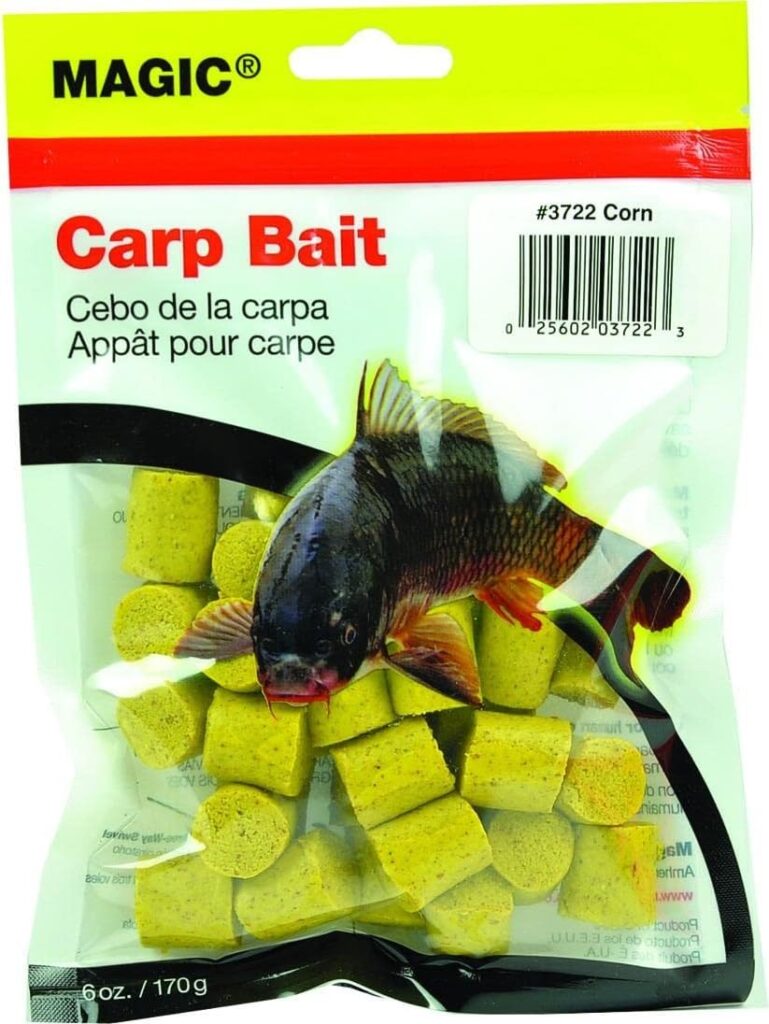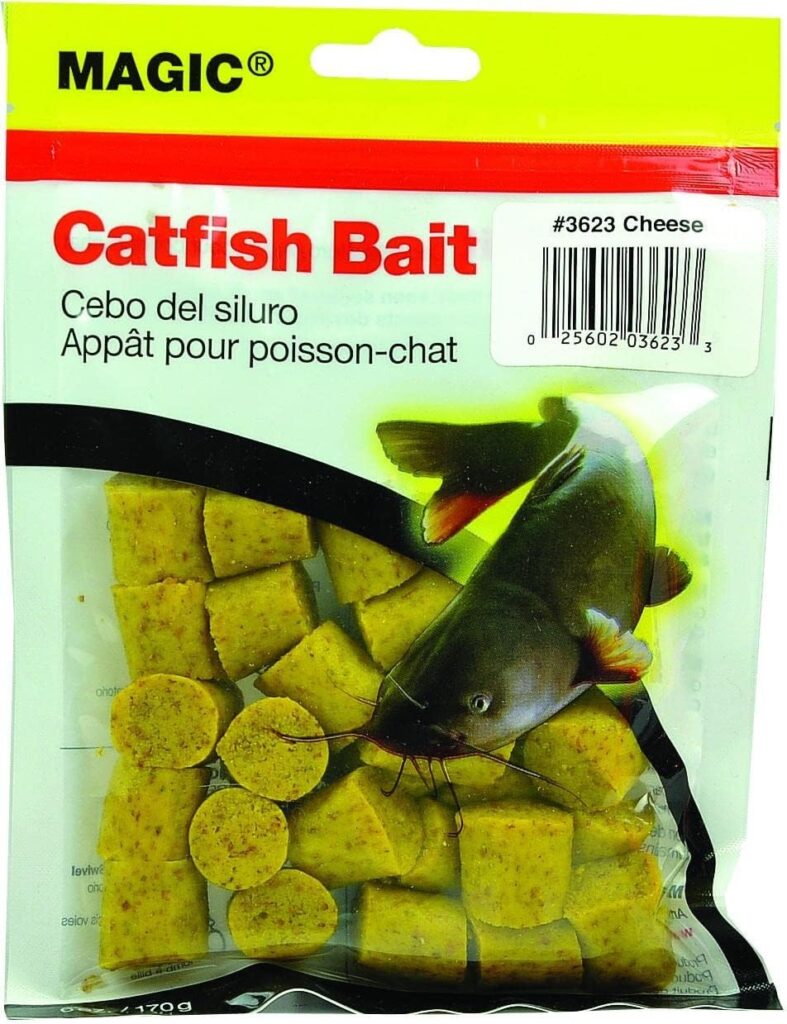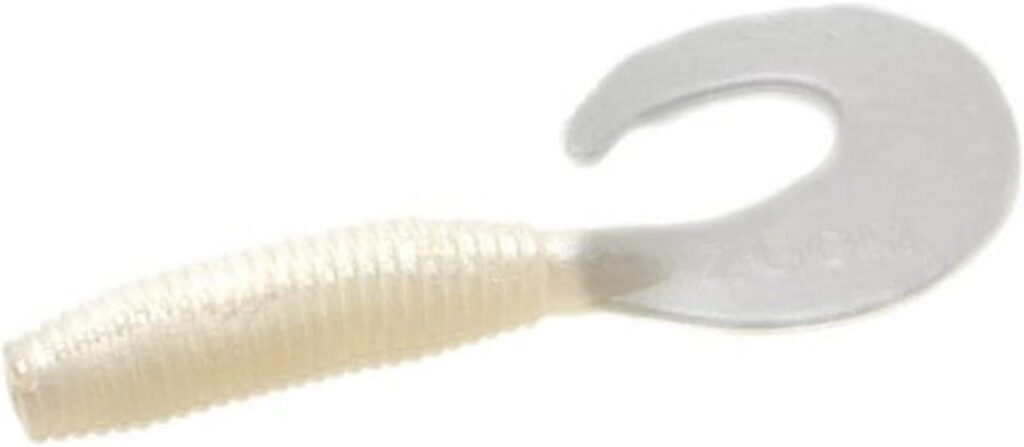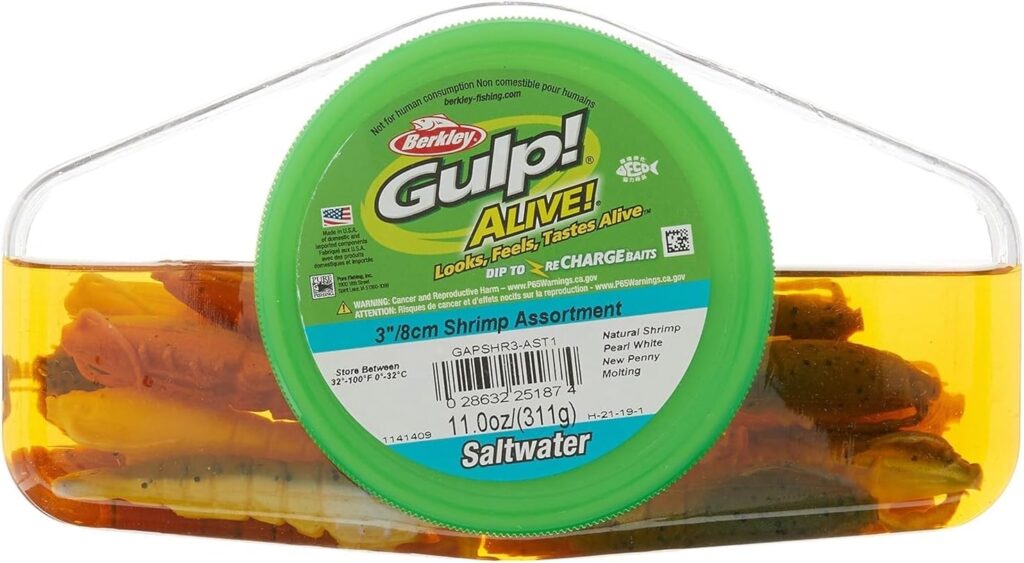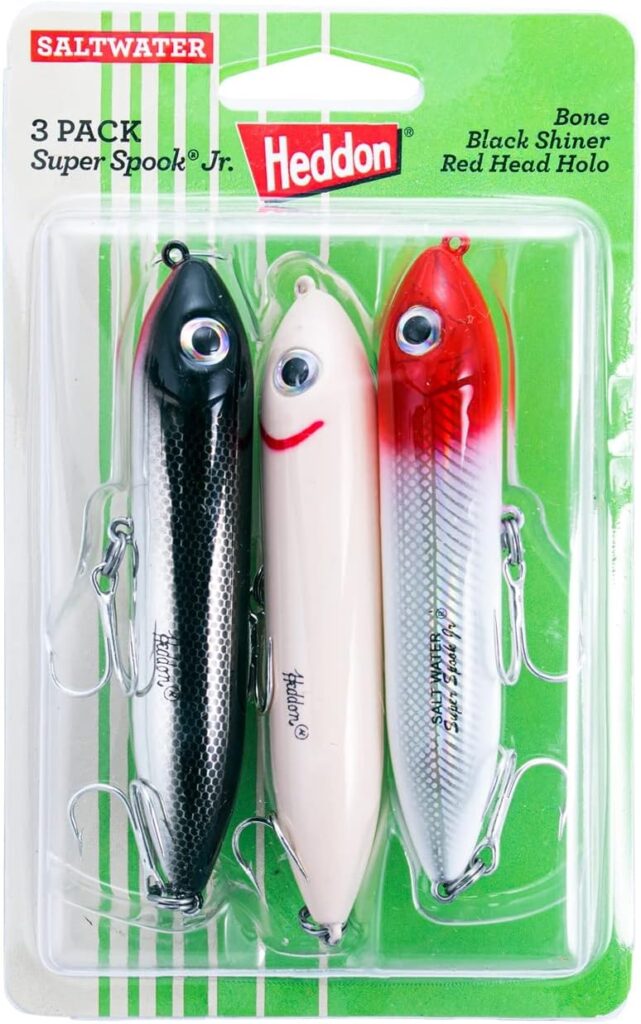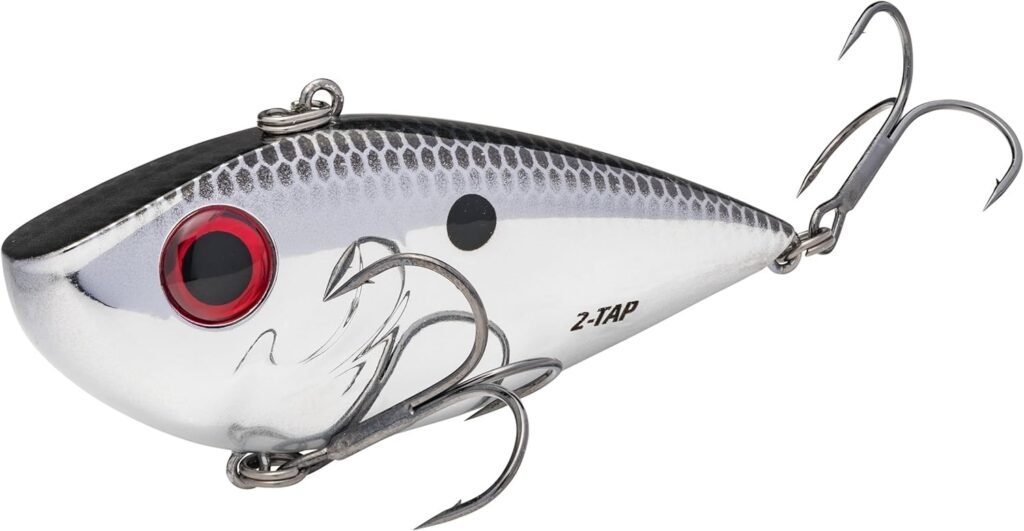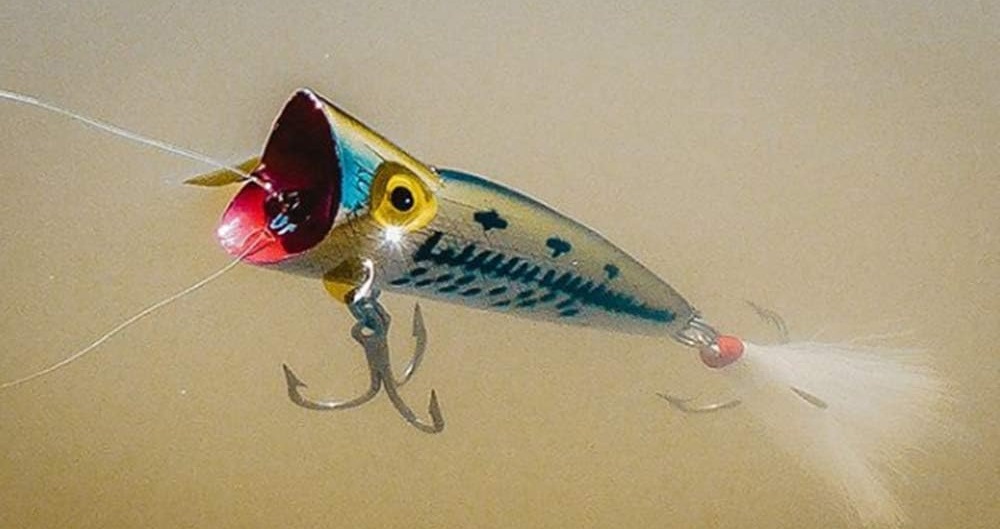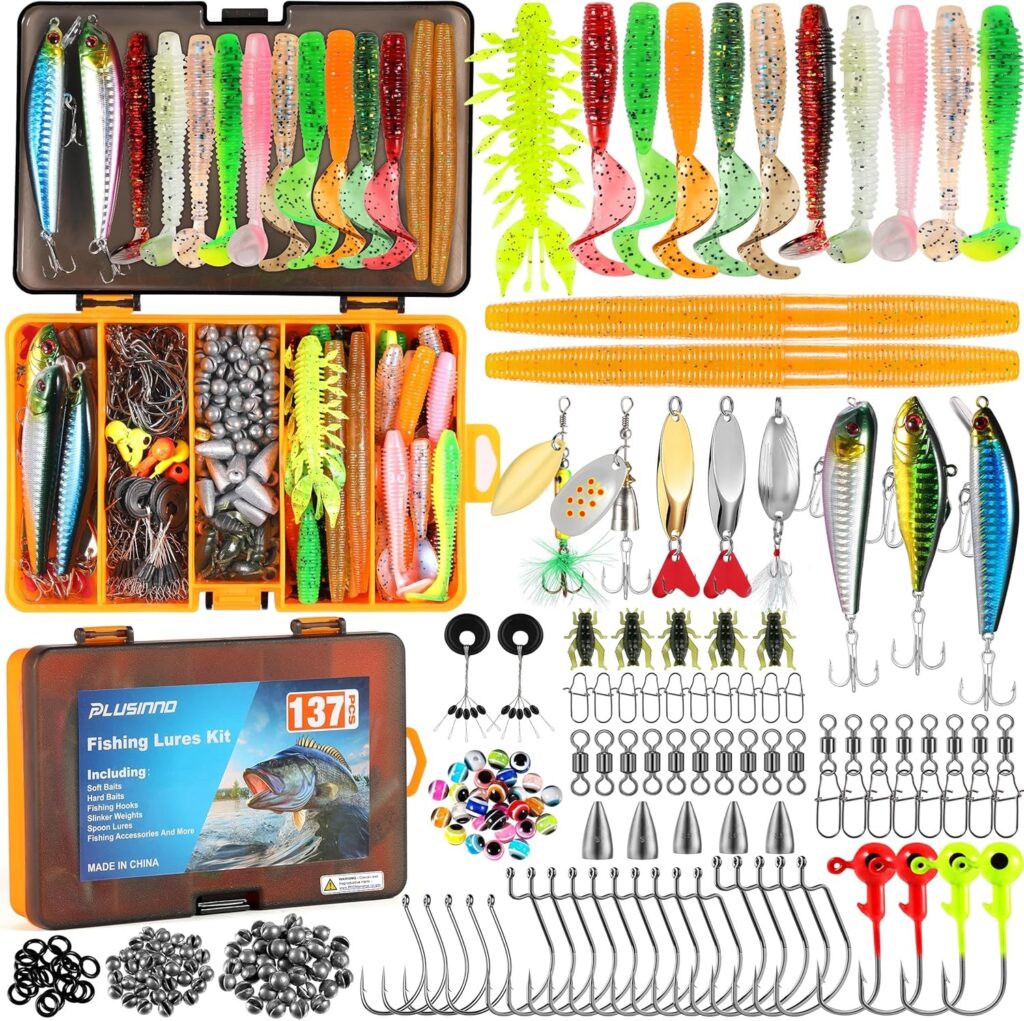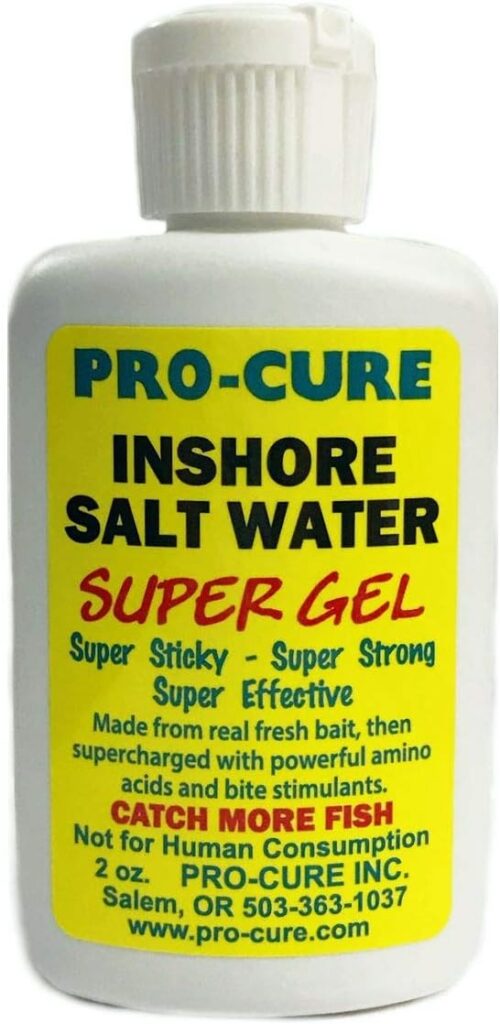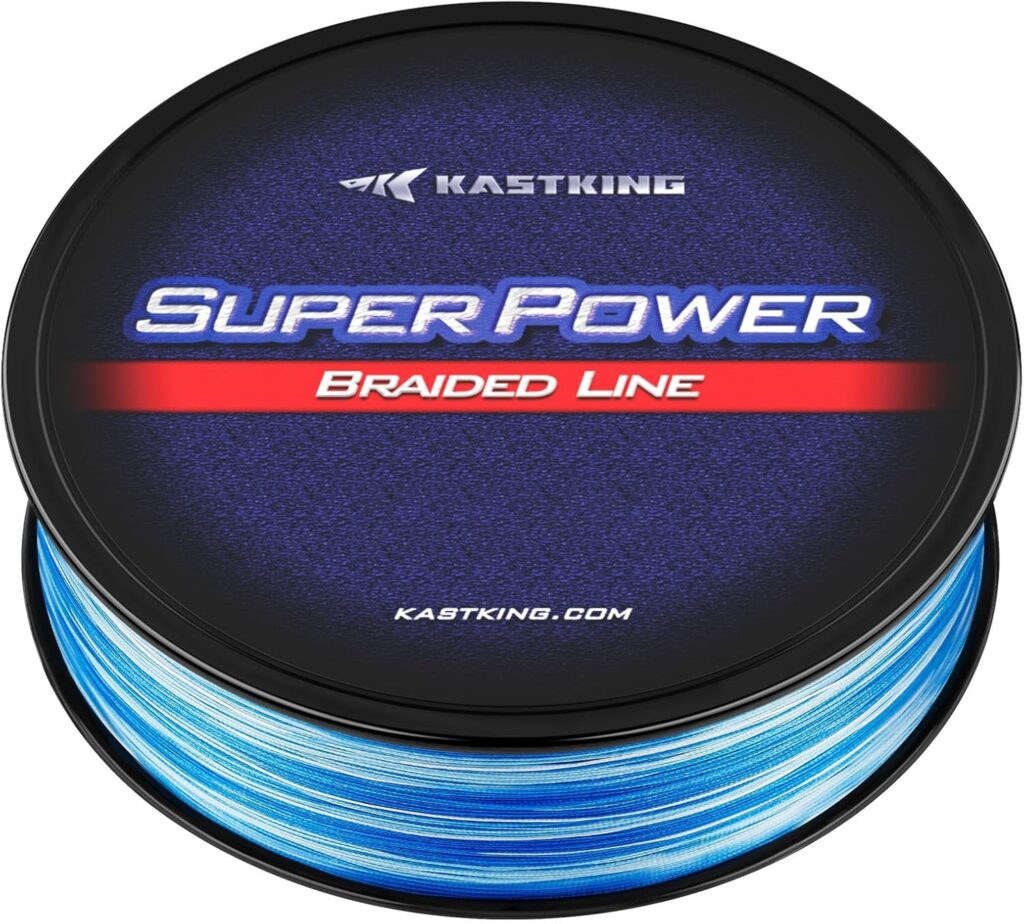When it comes to fishing, one of the most essential elements to success is choosing the right bait*. The bait you select can make or break your experience, determining whether you leave with a bucket full of fish or empty-handed. In this guide, we’re going to explore everything you need to know to choose the perfect bait for any situation, and by the end, you’ll be ready to reel in a great catch. Whether you’re fishing in a local pond, a flowing river, or the vast ocean, there’s a bait that’s perfect for your needs.
* You will notice that there are quite a few links throughout the blog. Yes, I am an Amazon Associate. Should you make a purchase through one of these links, I may receive a small commission at no additional cost to you. This blog is created as an informative guide. The products mentioned in the blog have been carefully selected for you by zeroing in on the best product for the best value. Thus, reducing your time searching for the right information and suggesting products that will improve your fishing experience. Thank you for your support.
1. Understand the Fish You’re Targeting
Before diving into specific baits, it’s crucial to know what kind of fish you’re targeting. Different fish species are attracted to different types of bait. Here are some popular game fish and the bait preferences that generally work best:
- Bass: Bass are opportunistic feeders, which means they’re likely to go after various kinds of bait. Bass respond well to both live bait and artificial lures. Minnows, worms, and crayfish are great choices for live bait, while crankbaits, spinnerbaits, and rubber worms work well for artificial options.
- Trout: Trout prefer natural, subtle baits, particularly in clear water. Live worms, salmon eggs, and small minnows are excellent choices. For artificial baits, consider spinners or flies.
- Catfish: Catfish have an incredible sense of smell, making stinky baits like chicken liver, cut bait, or stink baits ideal. Catfish will also go after earthworms if you’re looking for something less pungent.
- Panfish: Bluegill, crappie, and other panfish love small insects and larvae. Waxworms, crickets, and small jigs are highly effective.
By understanding the type of fish you’re after, you can narrow down your bait choices effectively.
2. Types of Bait: Live, Prepared, and Artificial
Let’s discuss the different types of bait and when to use each.
Live Bait
Live bait is often the most reliable option when you’re looking to catch fish because it looks and smells natural, which draws fish in more effectively. Some popular types of live bait include:
- Worms: Nightcrawlers are versatile bait and can attract a wide range of species, including bass, trout, and catfish. You can buy packs of worms at most bait shops, or you can easily collect them after rain showers.
- Minnows: Minnows work great for bass and crappie. Many experienced anglers swear by using minnows during the spring and fall seasons when predatory fish are most active.
- Crayfish: If you’re going after bass, especially smallmouth, crayfish are an excellent choice. Bass love the look of a crayfish skittering along the bottom, so using one as bait is likely to get their attention.
Live bait is available in local bait shops or even online through marketplaces like Amazon. For example, Uncle Jim’s Worm Farm 250 Count Live Mealworms is a highly rated product available on Amazon, perfect for trout and panfish.
Prepared Bait
Prepared baits, often called “stink baits,” are great for catching fish like catfish, which have a powerful sense of smell. These baits are often mixed with strong-smelling ingredients like cheese, garlic, and blood to attract fish that rely more on scent than sight.
Products like Magic Bait Carp and Catfish Dough Bait are available on Amazon and have excellent reviews. These prepared baits are easy to use, and their intense smell will attract catfish from afar.
Artificial Lures
Artificial lures are designed to mimic the movement of live prey, and they come in various shapes, sizes, and colors. There are several main categories of artificial lures, and choosing the right one will depend on the species you’re after and the conditions you’re fishing in:
- Crankbaits: These hard-bodied lures mimic the movement of baitfish, making them ideal for predatory fish like bass. Consider the Rapala Rattlin’ Fishing Lures, which are highly rated and available on Amazon. These lures produce a rattling sound, making them irresistible to bass.
- Spinnerbaits: Spinnerbaits have metal blades that spin, producing vibrations and reflections that attract fish. They’re perfect for murky water where visibility is low. The BOOYAH Pond Magic Spinner-Bait is a well-reviewed product that works effectively in different conditions.
- Soft Plastic Worms: Rubber worms are very popular with bass anglers and come in a variety of colors and styles. The Yamamoto Senko Bait is one of the top-rated soft plastic baits on Amazon, ideal for bass fishing, especially during spawning season.
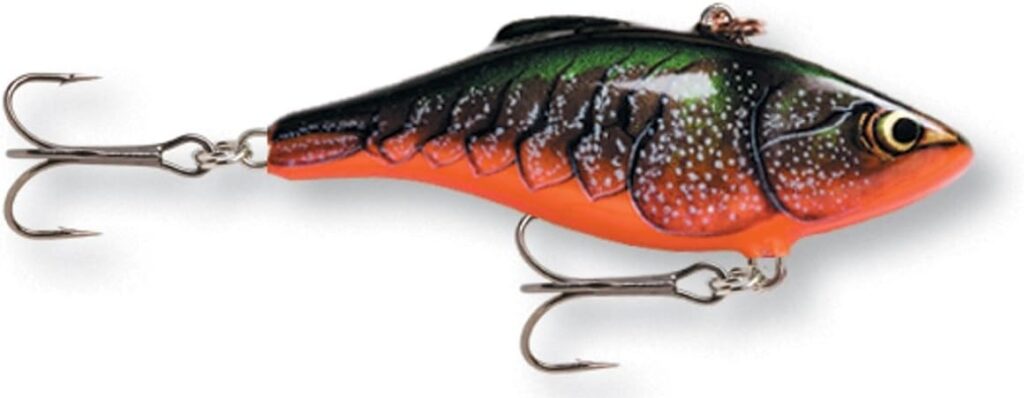


Artificial lures offer a great deal of flexibility and often can be reused multiple times, making them a cost-effective choice over the long term.
3. Match the Bait to the Environment
Where you fish matters just as much as what you’re fishing for. Whether you’re on a lake, river, pond, or ocean, the bait selection needs to be tailored to the environment.
Fishing in Freshwater Lakes and Ponds
If you’re fishing in a lake or pond, you’ll typically be dealing with a mix of species like bass, panfish, and catfish. Worms are a solid choice for freshwater lakes and ponds, as almost every fish will bite at them. If you prefer artificial bait, crankbaits, swimbaits or spinnerbaits work well for covering more water quickly to find where fish are hiding.
Fishing in Rivers
Rivers often have stronger currents, so it’s important to choose a bait that can stay in place. Live bait like crayfish and minnows works well because they’re natural river inhabitants. You might also consider using jig heads or soft plastic grubs, like the Zoom Bait Fat Albert Grub, available on Amazon and come in a range of sizes and colors. These lures work well in river currents when fished along rocky bottoms where fish like to hide.
Fishing in Saltwater
When fishing in saltwater, you’re likely targeting species like redfish, snook, or sea trout. Shrimp is a go-to live bait option in saltwater environments. Products like Berkley Gulp! Alive! Shrimp Soft Bait are popular artificial alternatives that are scented to mimic real shrimp, making them just as attractive to predatory saltwater species.
4. Consider Water Temperature and Season
Fish behavior changes with water temperature, and you should adjust your bait choices accordingly. In cold water, fish are less active and prefer slower-moving prey. During the colder months, using live bait like minnows or slow-rolling crankbaits can prove effective.
In warmer water, fish are more active and more willing to chase their food. This is where faster-moving baits like spinnerbaits and topwater lures come into play. If you’re fishing for bass in summer, the Heddon Zara Spook Topwater Fishing Lure is an excellent choice available on Amazon, as it creates a lot of action and noise, drawing aggressive strikes.
5. Choosing the Right Color
The color of your bait can play a significant role in its success. The general rule of thumb is to match your bait to the color of the water.
- Clear Water: In clear water, natural colors work best. Greens, browns, and translucent baits tend to be more successful since they resemble real prey without standing out too much.
- Murky or Stained Water: In murky water, it’s best to use brighter colors like chartreuse, orange, and even pink. These colors stand out and help fish locate the bait in low-visibility conditions.
The Strike King Red Eye Shad is a great example of a bright, vibrating lure that works well in murky water. This bait is highly rated and has caught a lot of fish for anglers across the country.
6. Seasonal Factors and Fish Feeding Habits
Fish feeding habits change depending on the time of year, so keep these factors in mind:
- Spring: During spring, fish are actively feeding in preparation for spawning. This is a good time to use live bait, like worms and minnows, as well as brightly colored crankbaits.
- Summer: In the summer, fish tend to move to deeper, cooler waters during the day and feed actively in the mornings and evenings. Topwater baits like Rebel Pop-R Topwater Popper are great for early morning or late evening bass.
- Fall: As temperatures cool, fish begin to prepare for winter by feeding heavily. This is a good time to use crankbaits that resemble baitfish.
- Winter: Fish slow down in winter, so it’s important to use slow presentations, like jigging a live worm or using soft plastics that mimic small, easy prey.
7. Experiment and Adapt
Fishing is as much about experimentation as it is about skill. The best anglers are those who adapt and learn what works through trial and error. If you’re not having luck with one type of bait, try switching to another. Sometimes fish may not be interested in live bait but will strike at an artificial lure out of curiosity.
When experimenting, it helps to have a variety of options. A tackle box filled with different types of worms, crankbaits, spinnerbaits, and stink baits will give you the flexibility to change things up when the fish aren’t biting. For anglers that are just beginning, or those on a budget, you can easily find pre-assembled tackle kits like the PLUSINNO Fishing Lures Tackle Box, available on Amazon, which has a variety of lures to suit different fishing scenarios.
8. Don’t Forget About Scent
Fish use their sense of smell to find food, especially in murky water or when they’re not actively hunting. Adding scent to your bait can sometimes be the difference between getting a bite and not. Products like Pro-Cure Bait Scent can be applied to artificial lures to make them more attractive. Anglers have found that scented baits can increase the number of bites significantly, especially when fish are finicky.
9. Stay Prepared with Proper Equipment
Choosing the right bait is only part of the equation. Make sure you’re using the correct hooks, lines, and rods for the bait you’re using. For example:
- Live Bait: If you’re using live bait, a medium-action rod with a spinning reel will give you the sensitivity you need to feel bites without overpowering the bait.
- Artificial Lures: If you’re using crankbaits or spinnerbaits, make sure you’re using a rod with enough backbone to handle the resistance that these lures create while moving through the water.
It’s also a good idea to have a mix of hooks, bobbers, and sinkers so you can change your presentation if needed. The KastKing SuperPower Braided Fishing Line, available on Amazon, is a great all-around line that works well with both live bait and artificial lures, thanks to its strength and low visibility.
Final Thoughts
Choosing the right bait can seem overwhelming at first, but with some practice and patience, it will become second nature. The key is to understand the fish you’re targeting, consider the water conditions, and adapt to the environment you’re in. By having a variety of baits at your disposal—including live bait, prepared bait, and artificial lures—you’ll be prepared for any situation.
Fishing is as much about the experience as it is about catching fish. By selecting the right bait and staying adaptable, you’re well on your way to making your fishing trips more successful and enjoyable. So get out there, try different baits, and see what works best for you. Tight lines!
You may also be interested in:
Best Fishing Spots Around The World
How to Maintain Your Fishing Gear
Best Fishing Rods for Beginners
